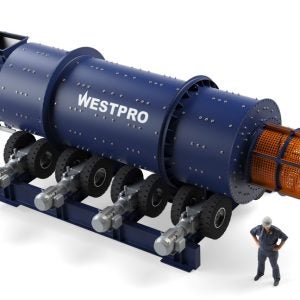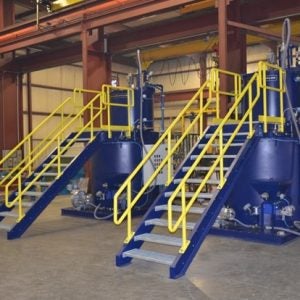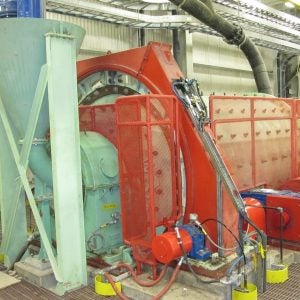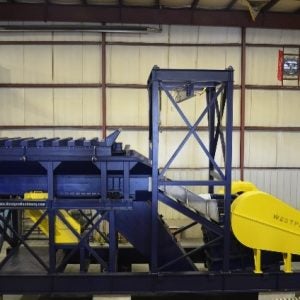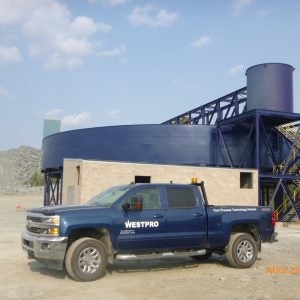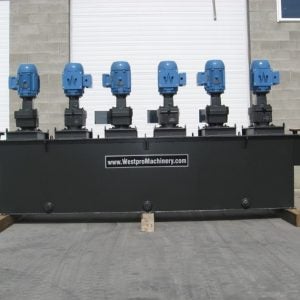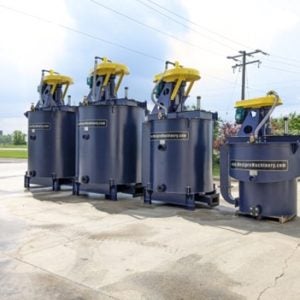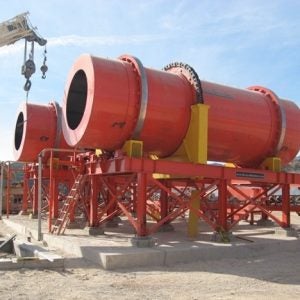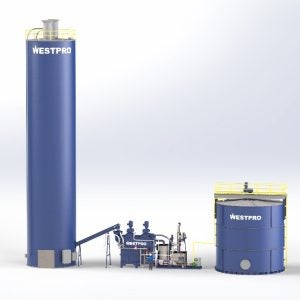Westpro’s Proven Potash Flotation Technology: Efficiency and Sustainability
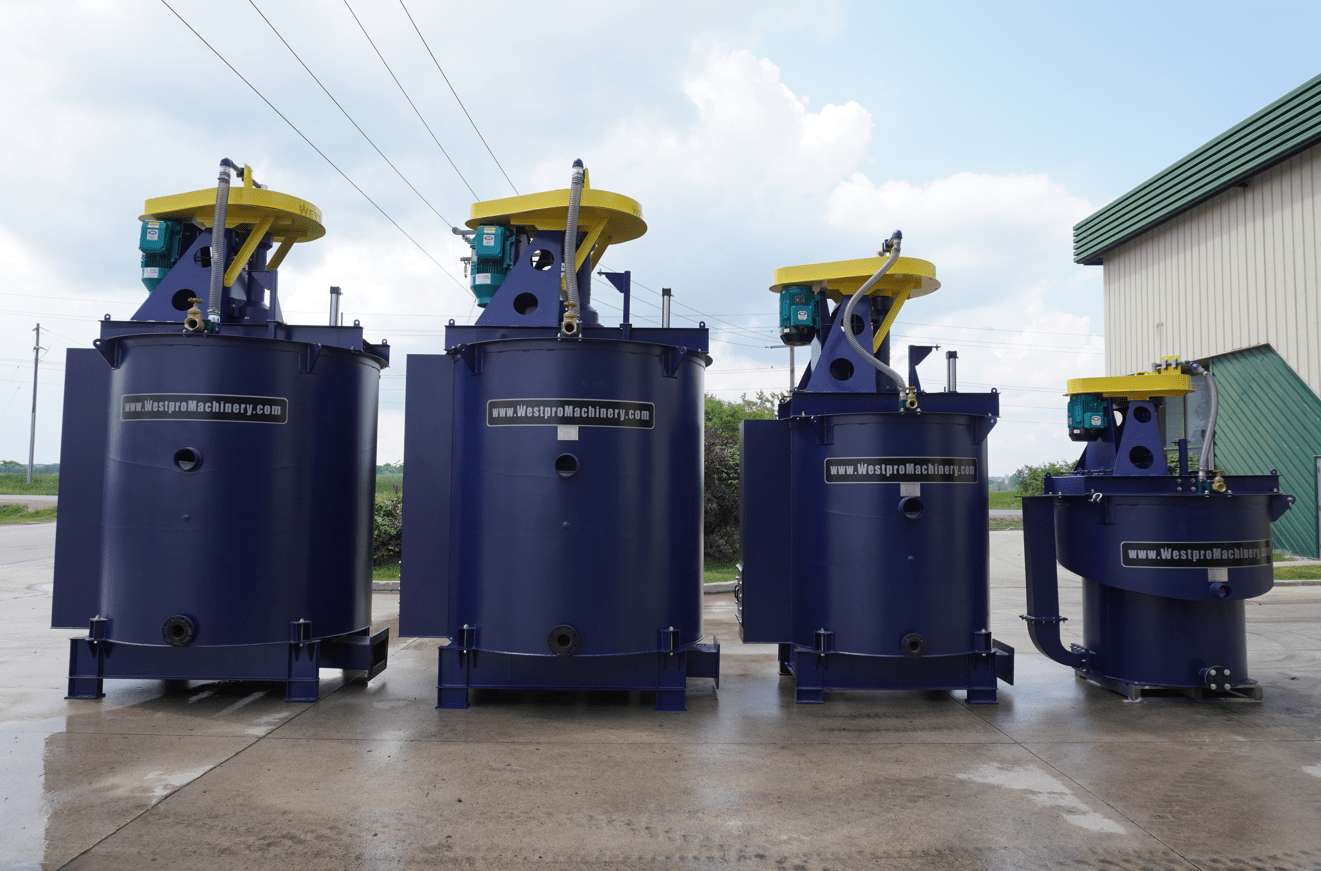
Flotation technology has played a crucial role in mineral processing since the early 1900s. Over the years, while there have been evolutionary changes, the fundamental principle of mineral hydrophobicity, whether natural or induced, continues to underpin the separation process. This principle is the cornerstone of flotation technology, enabling the efficient and cost-effective separation of a wide range of minerals.
The mineral processing industry is dynamic, continually embracing innovation from various market players. In recent years, a noticeable trend in flotation equipment has been the emergence of larger flotation cells capable of handling lower-grade feeds. While the focus remains on efficiency, sustainability and cost-efficiency have taken center stage. There has also been a move toward treating lower-grade and more finely disseminated ores, as well as reprocessing tailings, driving the trend of larger individual flotation cells.
Interestingly, the potash industry has charted its own course. The value of potash products is directly linked to particle size, with coarser products selling at a premium. Potash flotation isn’t a one-size-fits-all operation. Applications range from rougher flotation to different stages of cleaner and scavenger stages. Although most plant flotation circuits share similarities, each is customized to suit the specific ore being treated. Given the operations’ diversity and scale, Westpro’s Proven Potash Flotation technology has shown to be effective and economical. Westpro’s Proven Potash Flotation Cells are tailored to meet the specific process requirements of each project. Westpro considers these cells among the best options for potash flotation. Notably, the FL300 cell series has gained significant popularity in potash applications, with installations in numerous projects all around the globe.
Additionally, Westpro Flotation has been at the forefront of coarse and fine particle recovery through its innovative W19 flotation technology in recent years.
This new technology has significantly enhanced the mixing capacity of the rotor, accommodating a wider range of particle sizes and leading to substantial power savings. Implementing the W19 mechanism in tank cells has resulted in clearly well-defined mixing, quiescent, and froth collection zones along the tank’s height. This has reduced sanding issues and maximizes particle-bubble interaction thanks to improved mixing and air dispersion at consistent aeration rates.
For nearly 40 years, Westpro has been supplying a range of equipment to the mineral processing industry around the world. Tailored solutions, such as Westpro’s Proven Potash Flotation technology and versatile tank cells, cater to diverse mineral requirements. Westpro’s equipment is manufactured to the highest Canadian standards in components that require minimal on-site assembly. Supply has ranged from individual components to complete modular circuits to underscore the industry’s commitment to progress, ensuring that flotation remains integral to the efficient and sustainable extraction of valuable minerals.


